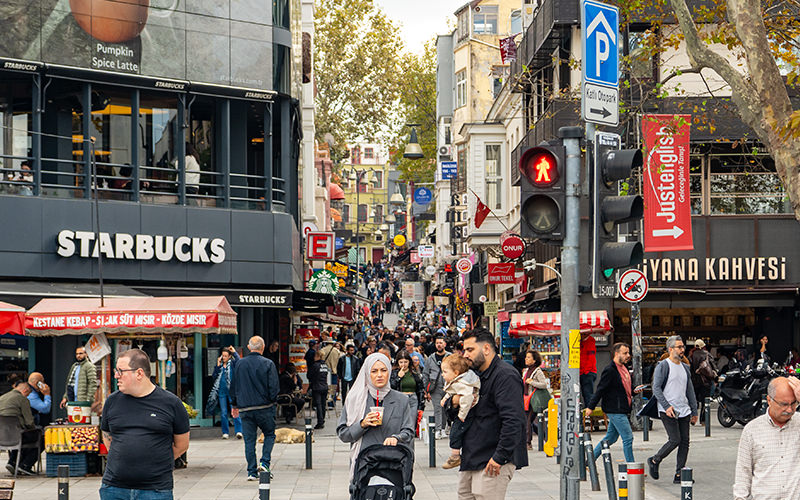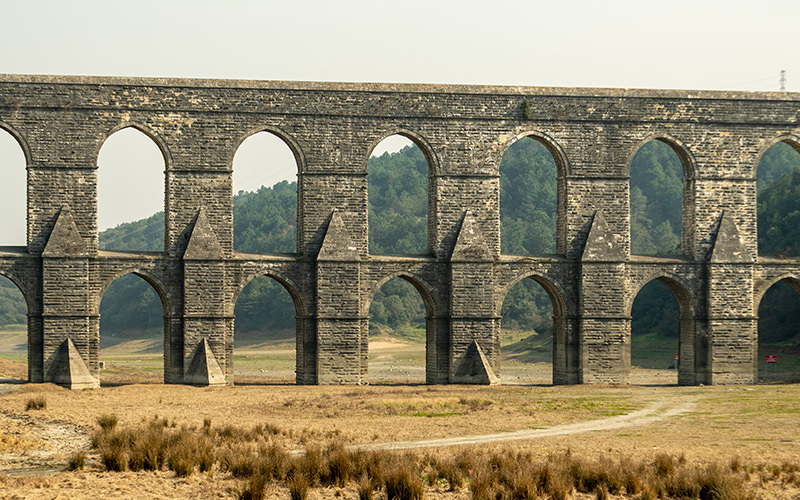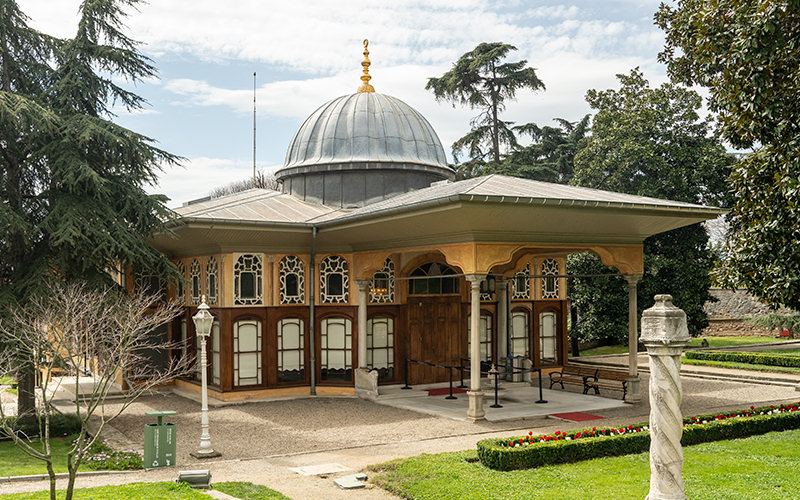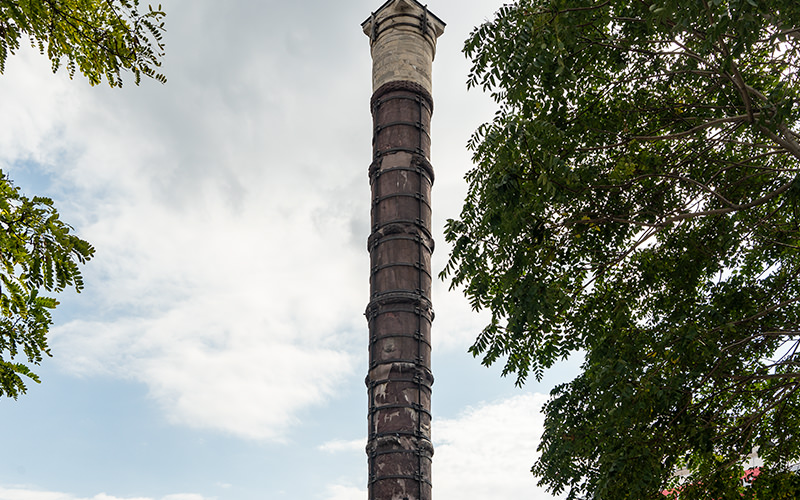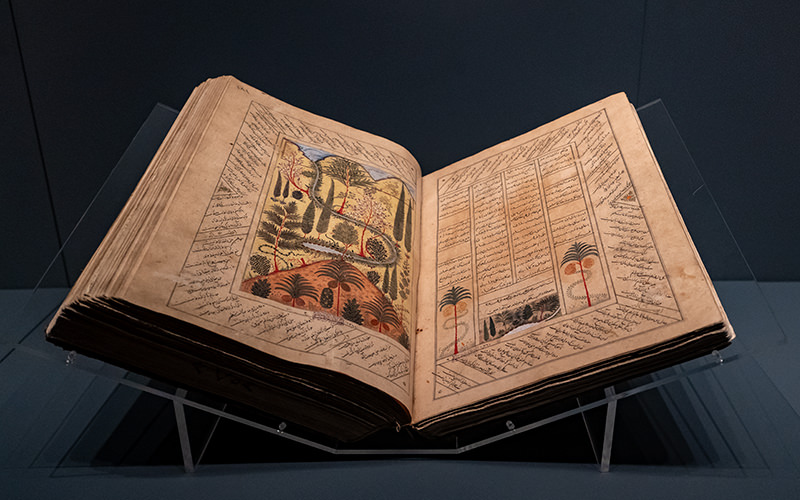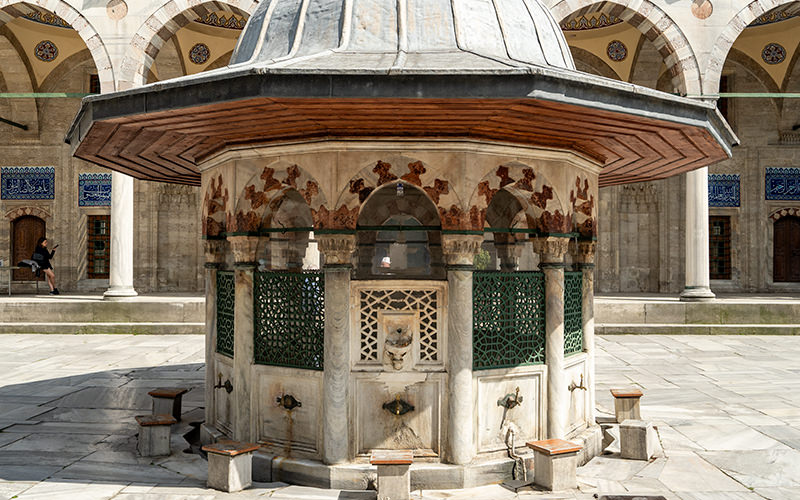Undoubtedly, many of those who have been to the marvelous Istanbul have descended into the famous Basilica Cistern. Judging by the number of tourists in line to visit it, this attraction is one of the most popular places in the city. The Basilica is not the only underground reservoir that has survived in the vast city. Today, I will show you what the Cistern of Theodosius looks like—it is famous for its delightful bright light shows.
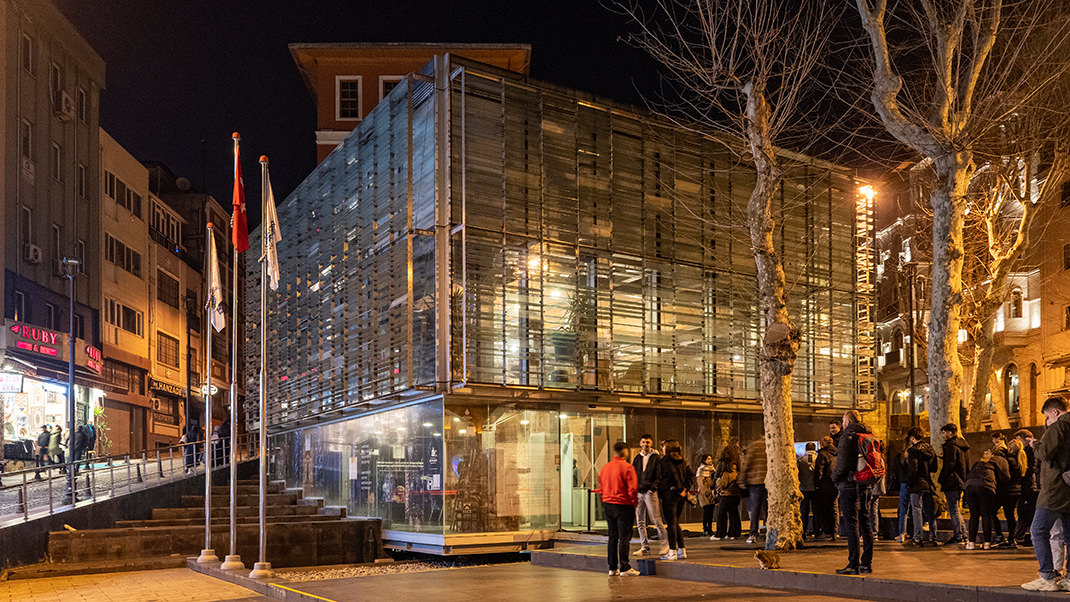
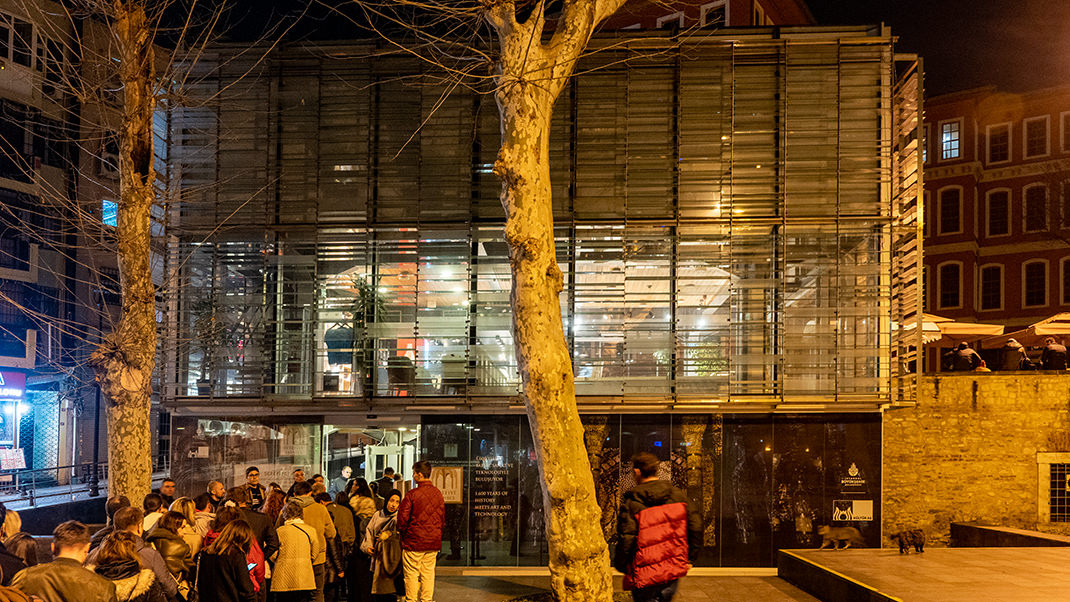
The Cistern of Theodosius: how to get there
The attraction is located in the European part of the city, a 10-minute walk from Hagia Sophia. Nearby is the tram station "Çemberlıtaş" on line T1.
I visited the cistern on the day of free admission, so I didn't have to buy a ticket. According to information from the internet, as of December 2023, the cost for tourists is 440 Turkish liras.
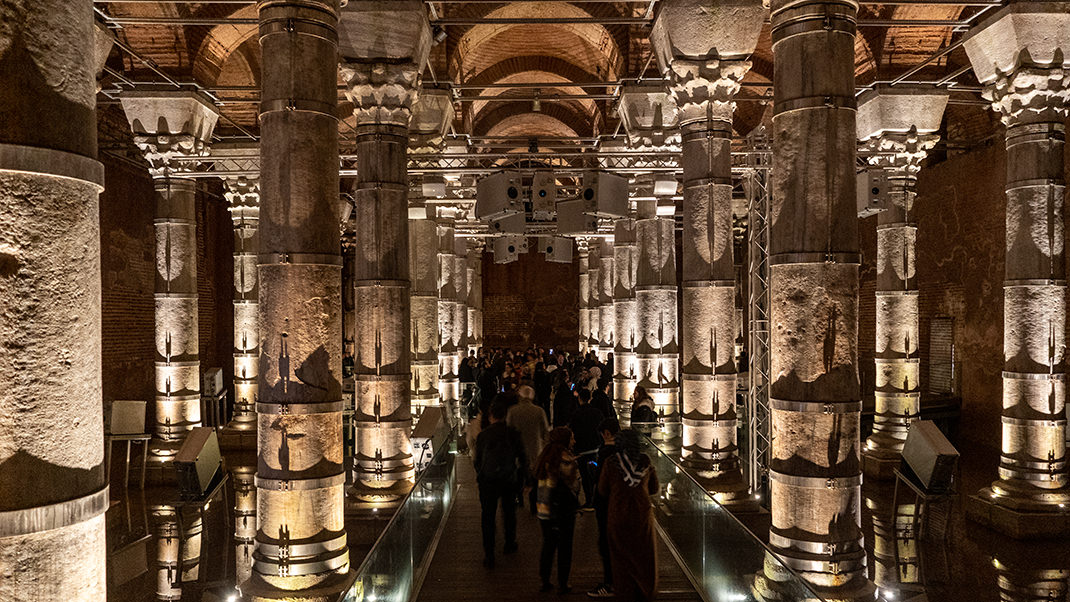
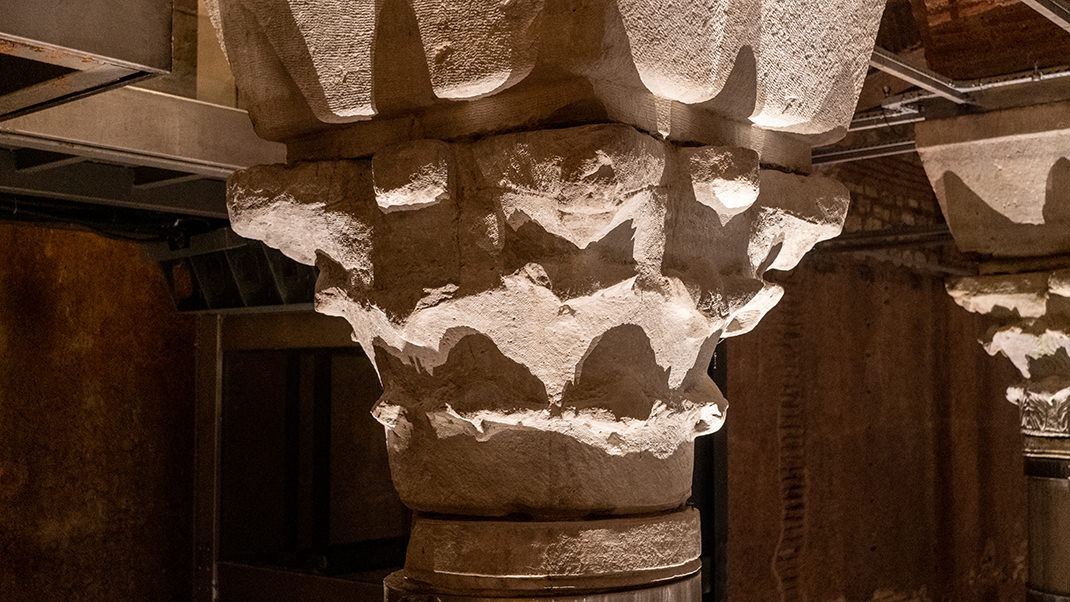
A bit of history
The Theodosius Cistern (Şerefiye Sarnıcı in Turkish) was built between 428 and 443. The construction was carried out during the reign of Emperor Theodosius II, and it likely received its name in his honor.
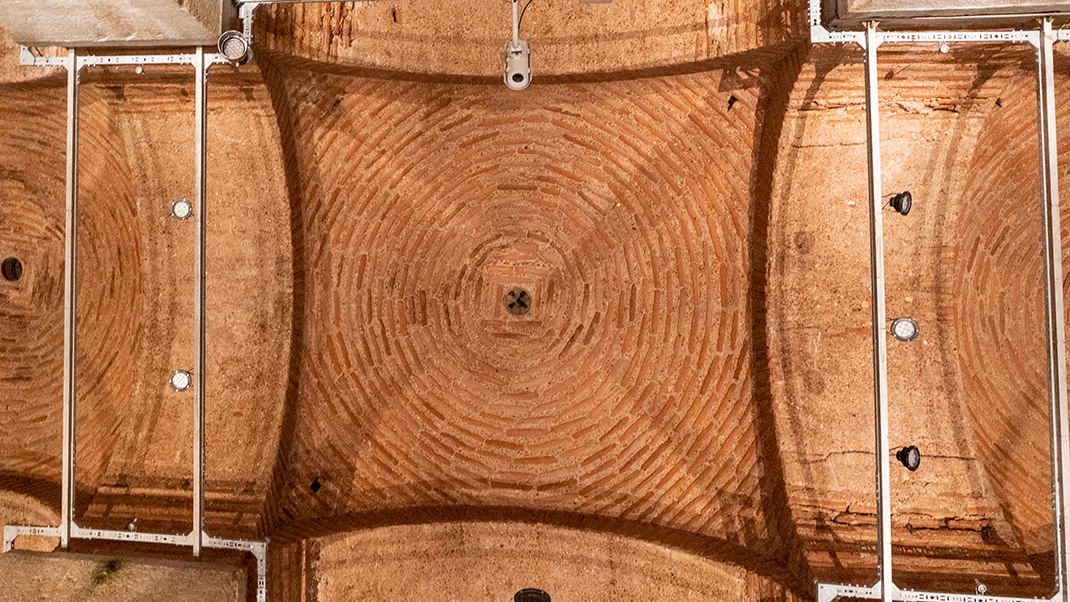
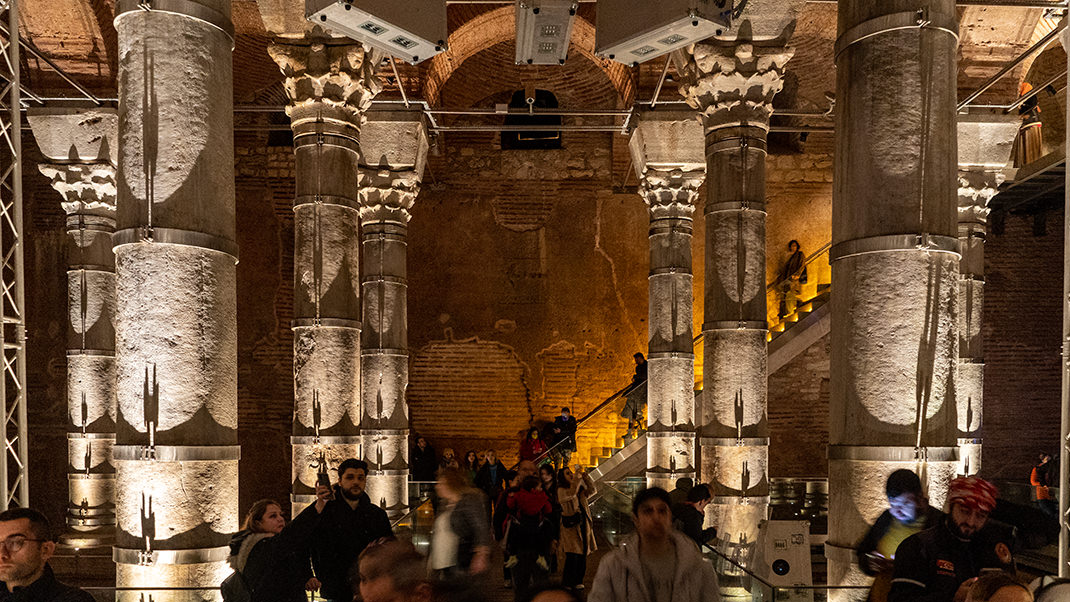
The purpose of the structure was not different from other similar constructions: freshwater from the Belgrade Forest sources was transported to the center of Istanbul (then Constantinople) through aqueducts, and cisterns served as huge underwater reservoirs. This helped local residents endure sieges of the city. It is known that more than 40 cisterns have been preserved in Istanbul to this day.
The dimensions of the reservoir are 24 by 40 meters. The depth of the reservoir is 11 meters. There are 32 columns of Corinthian order installed here. The width of the cistern walls is approximately two and a half meters.
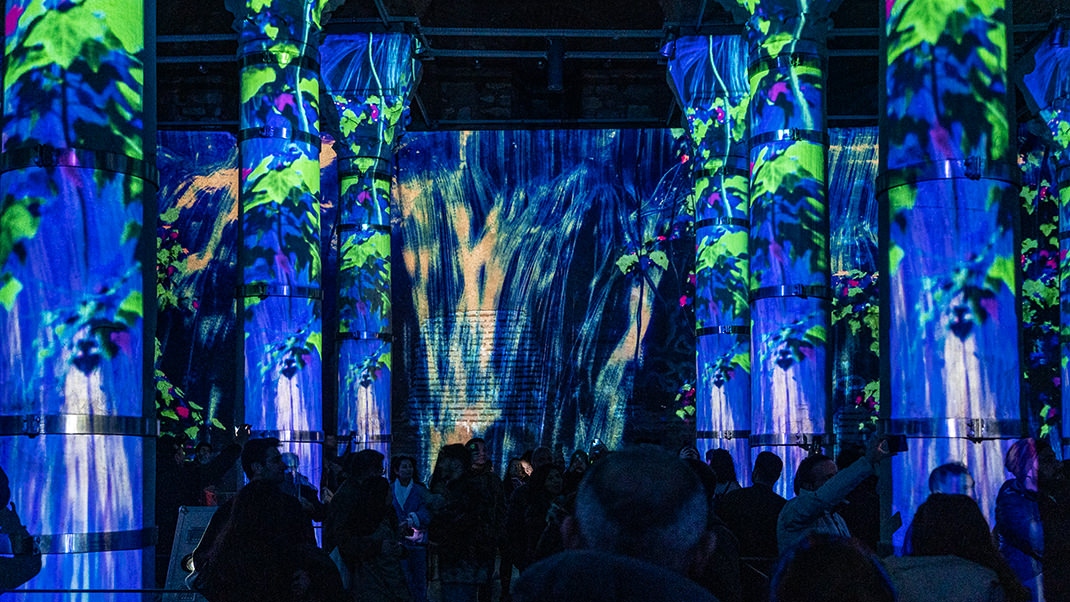

For a long time, ordinary urban structures were located above the cistern hall. By 2010, they were demolished. Restoration work took eight years. Now, entrance to the attraction is through a special modern pavilion.
A distinctive feature of the Theodosius Cistern is the vibrant show during which an animated film is projected onto the walls of the ancient structure. During the viewing, visitors can learn about the history of the cisterns' construction and the rich past of Istanbul. The narration lasts about ten minutes. On the cistern's website, the presentation is called the world's first 360-degree projection show.
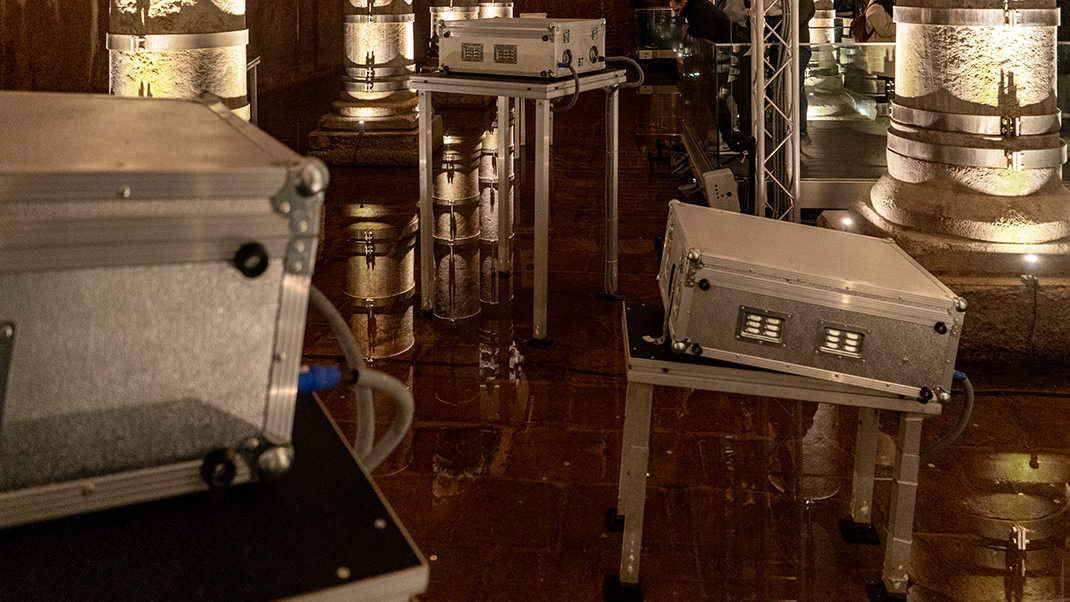
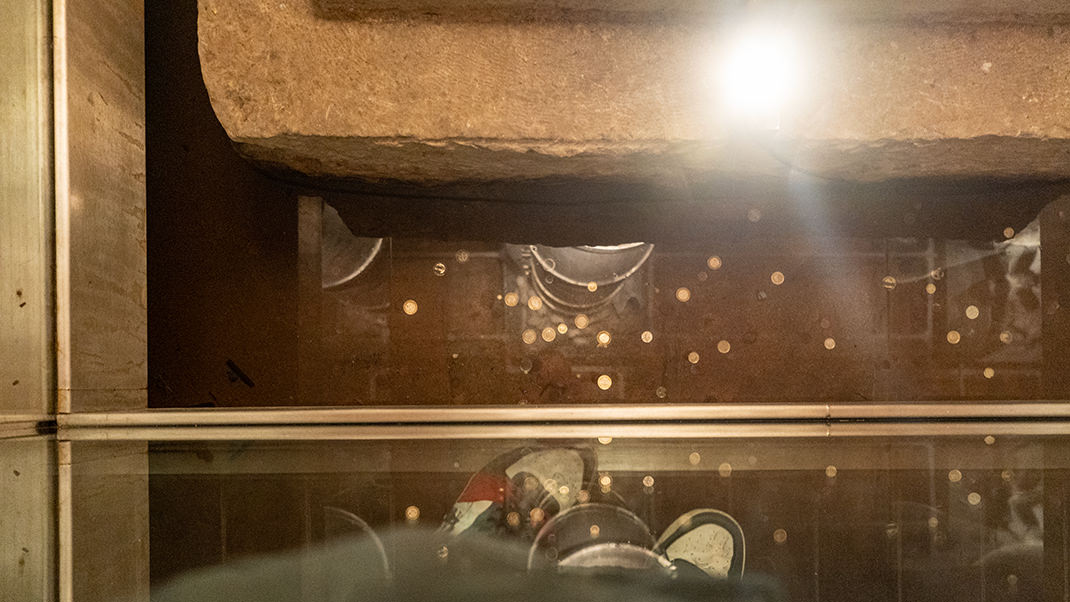
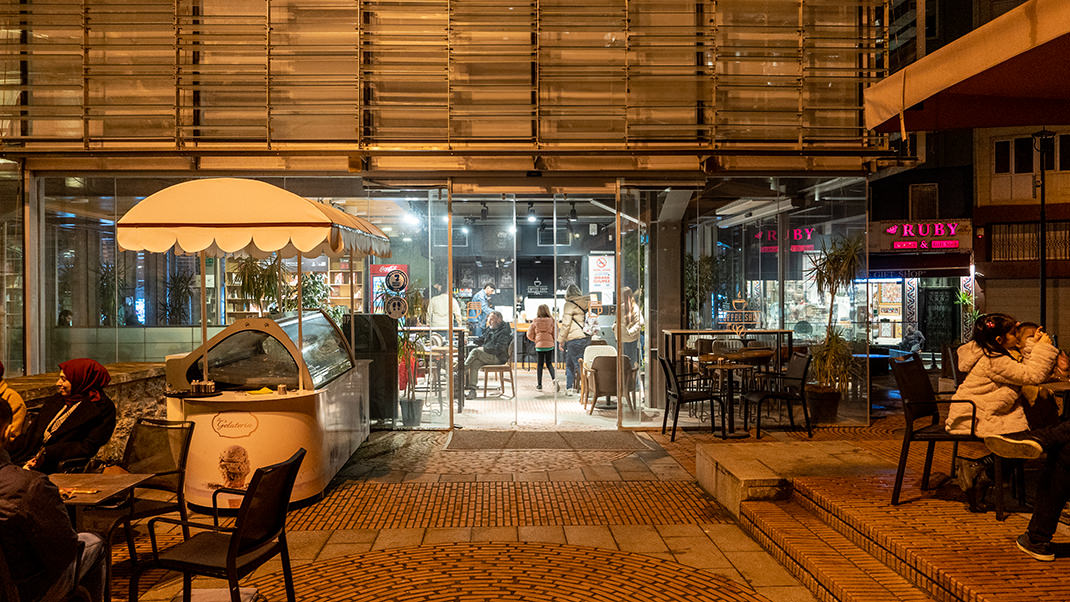
As I mentioned, the Theodosius Cistern is not the only such structure. But, as far as I know, only a small part of the underground structures is open to tourists. I myself visited the Basilica Cistern and the Nakkas Cistern. The former is famous for its size and interesting laser show, and the latter is suitable for budget travelers, as it can be visited for free.
Have a nice trip!


